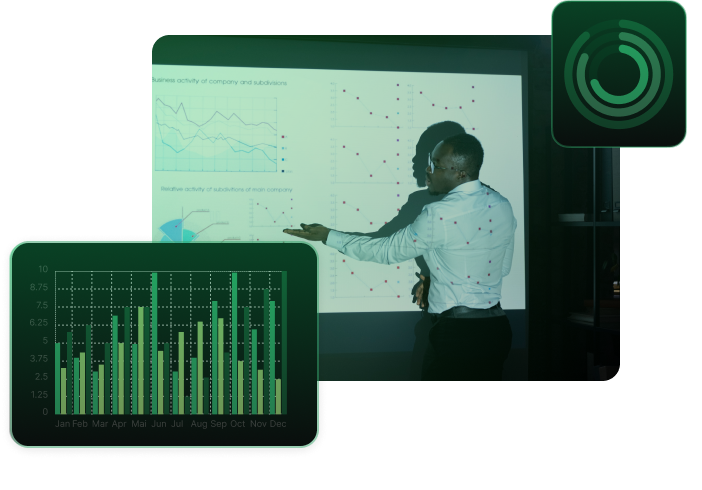Clymb employs a combination of cutting-edge technologies to create our TFL
Designer. This includes React JS for front-end development, Python for various
functionalities, and a back-end NoSQL database, such as MongoDB, to ensure
robust data management. Git is utilized for version control.
We are also proud to be cloud agnostic, which means we can seamlessly adapt our
solutions to various cloud service providers such as Microsoft Azure, Amazon
Cloud, and others. This flexibility allows us to meet the unique infrastructure
needs of our clients. Furthermore, our technology stack, coupled with years of
experience in the field, enables us to develop solutions that seamlessly
integrate into current industry processes without causing disruptions. We
prioritize regulatory compliance and have incorporated essential features like
audit trails and version control into our enterprise offering to meet the
highest industry standards.

